Welcome to DU!
The truly grassroots left-of-center political community where regular people, not algorithms, drive the discussions and set the standards.
Join the community:
Create a free account
Support DU (and get rid of ads!):
Become a Star Member
Latest Breaking News
Editorials & Other Articles
General Discussion
The DU Lounge
All Forums
Issue Forums
Culture Forums
Alliance Forums
Region Forums
Support Forums
Help & Search
The DU Lounge
Related: Culture Forums, Support ForumsThe gentle brutalism of Upper Lawn, a rural retreat in the Wiltshire countryside
https://www.themodernhouse.com/journal/my-modern-house-upper-lawn/
The Modern House Magazine is an exploration into how to live in more beautiful and thoughtful ways – and you can now purchase issues No.2 and No.3 together. To celebrate, we’re sharing an edited version of a story on Upper Lawn, which we featured in our second issue. Upper Lawn was Alison and Peter Smithson’s brutalist “camp box” in the Wiltshire countryside. The stripped-back structure, with no bedrooms and few luxuries, offered peace, quiet and the opportunity to live in rhythm with the seasons. Here, Lucy Drane, Senior Appraisals Specialist for The Modern House, discovers a brutalist folly whose underlying principles of simplicity, connection to nature and slow living are as relevant today as they were in the 1960s.

It was 1958 when Alison and Peter Smithson acquired Upper Lawn: a derelict thatched cottage with a demolition order. The house was one of a group of stone buildings set in the remains of an 18th-century farm worker’s yard, once forming part of ‘The Lawns’ on William Beckford’s estate at the edge of Fonthill Abbey. Upper Lawn, or Solar Pavilion as it was previously known, is perhaps the smallest project of the architect couple and pioneers of British brutalism – but this modest house in Wiltshire, their rural retreat for over two decades, came to embody some of their most significant ideas.

As Peter put it, Upper Lawn was “a device for trying things out on oneself”. Here, they trialled products and materials which were not yet permitted for use in London and explored concepts on a small scale; the most successful of which would later be applied to more expansive projects in the city. By 1960 Alison and Peter had built a two-storey pavilion onto Upper Lawn’s original stone walls. Rather than razing the structure, the existing elements were repurposed, encouraging new ways of looking at historical foundations.

The lower half of the original cottage provided a framework for the new floor-to-ceiling, timber-framed glass walls above; a spectacular piano nobile with an almost 360-degree panorama across the valley. Glazing was extensive, since experimentation in solar gain, which garnered varying levels of success, was a significant part of their process. They had aimed to create “a simple climate house” within which they could experience firsthand the inclement weather conditions of the English seasons. The space was sparsely furnished, and they likened their way of living here to “camping in the landscape”. The kitchen had a sink and a dishwasher but no cooking facilities; instead, they cooked on a stove outside, and at night the whole family rolled out mattresses on the first floor to sleep. They completed their work in 1962 and enjoyed Upper Lawn as a counterpoint to the city; an English folly that their young family could retreat to enjoy a slower, rural pace of life.





9 replies
 = new reply since forum marked as read
Highlight:
NoneDon't highlight anything
5 newestHighlight 5 most recent replies
= new reply since forum marked as read
Highlight:
NoneDon't highlight anything
5 newestHighlight 5 most recent replies
The gentle brutalism of Upper Lawn, a rural retreat in the Wiltshire countryside (Original Post)
Celerity
Nov 2021
OP
It strikes me as, well, not finished and left for a couple of decades to soften the edges...
Thomas Hurt
Nov 2021
#5
Archae
(47,245 posts)1. That's "Brutalism?"
I call it leaving a half-assed job.
Thomas Hurt
(13,931 posts)2. I think they call that "patina" and I bet you pay dearly for it.
Archae
(47,245 posts)3. It looks more to me like a half-finished house.
Plywood and 2 x 4's exposed, and so on.
I've seen other examples of "Brutalism," in other countries.
It's a half-assed "style."
Thomas Hurt
(13,931 posts)5. It strikes me as, well, not finished and left for a couple of decades to soften the edges...
grow the moss and the wood to gray or a patina. Backwoods minimalist?
It's a half-assed "style."
Spanish architect Ricardo Bofill's home, a renovated brutalist cement factory near Barcelona
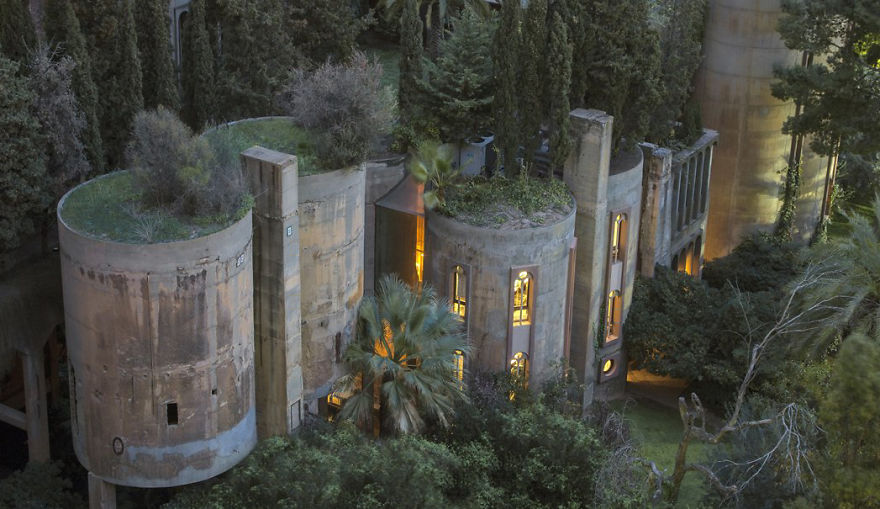
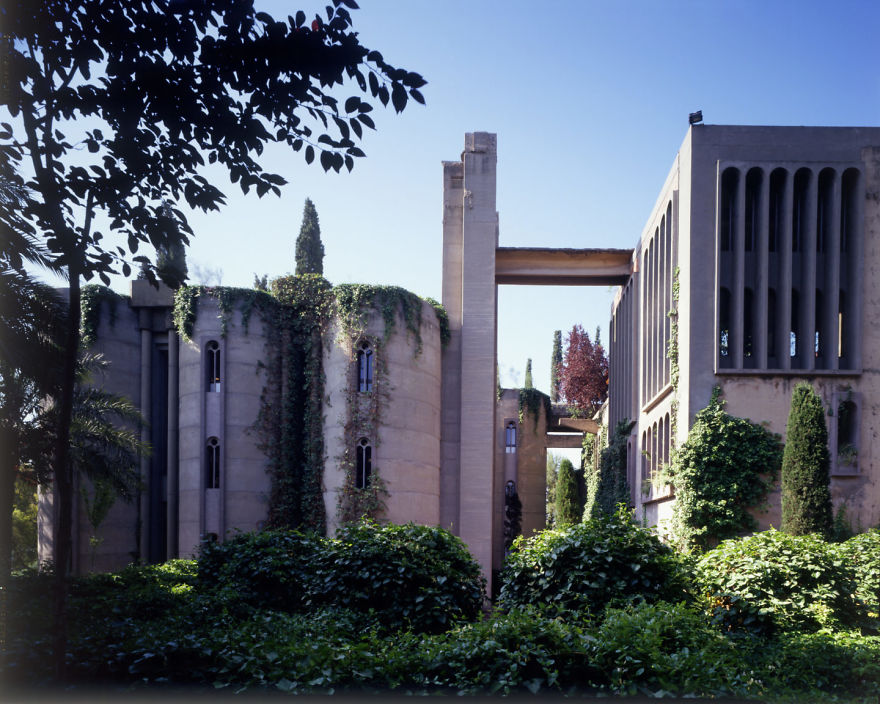
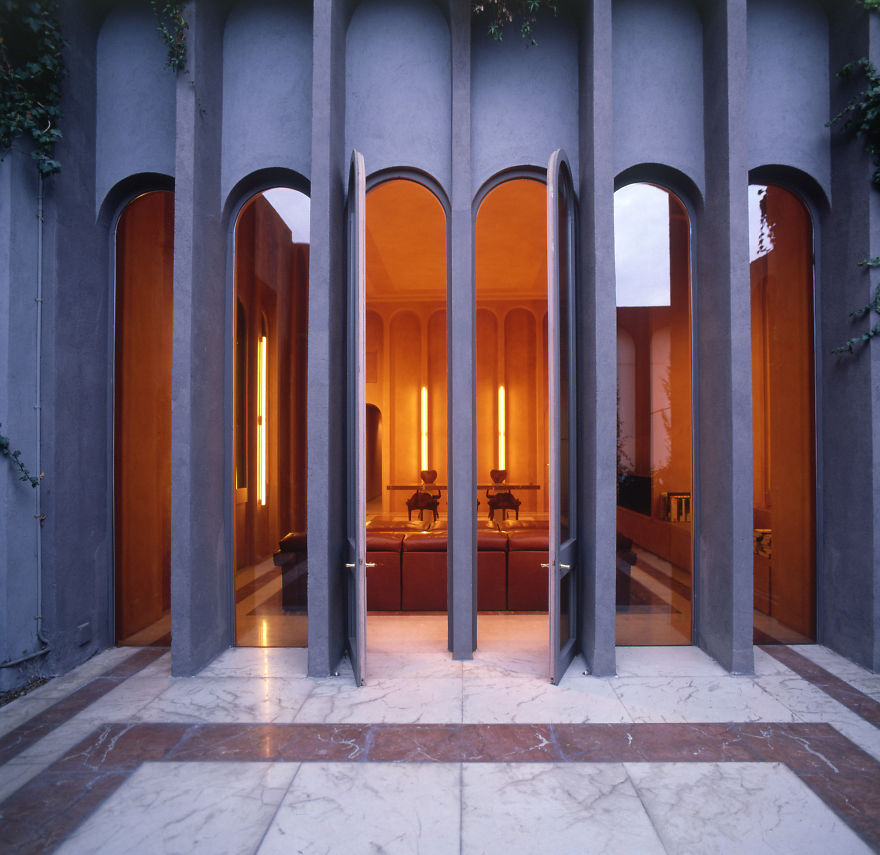
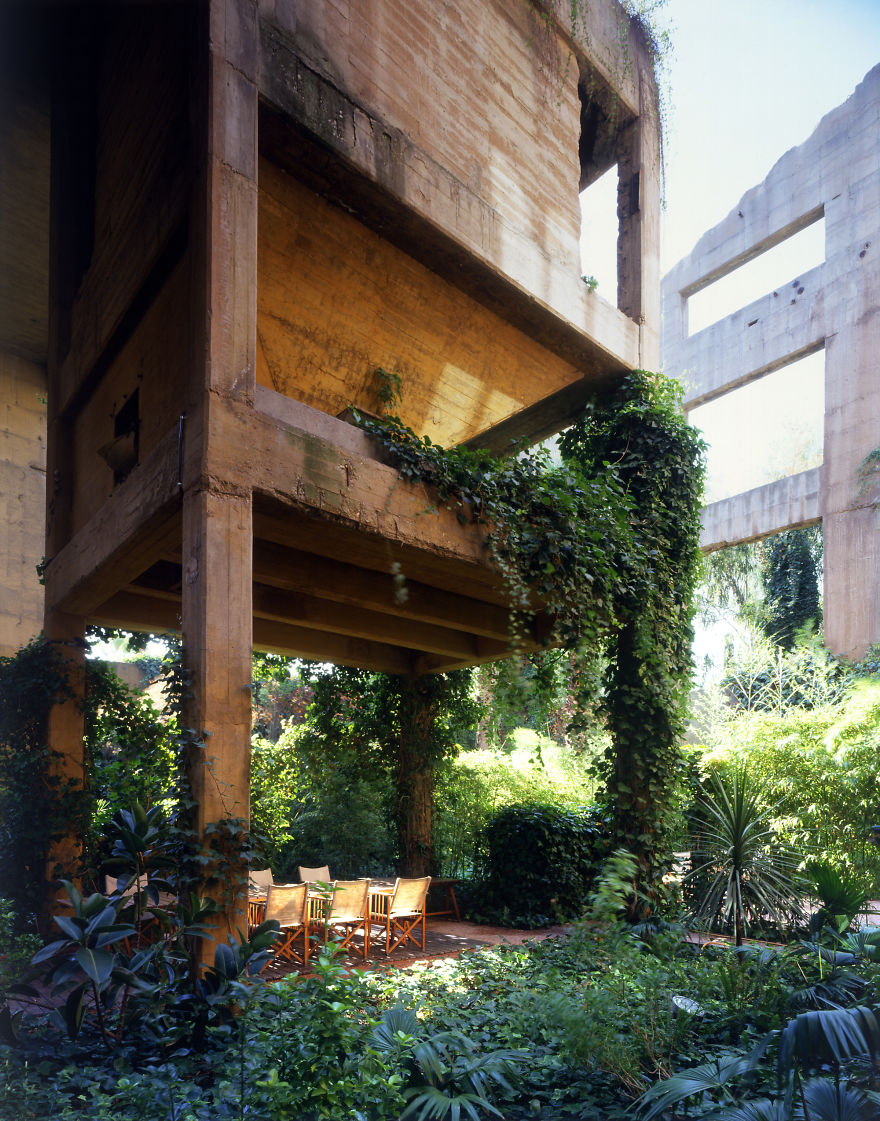
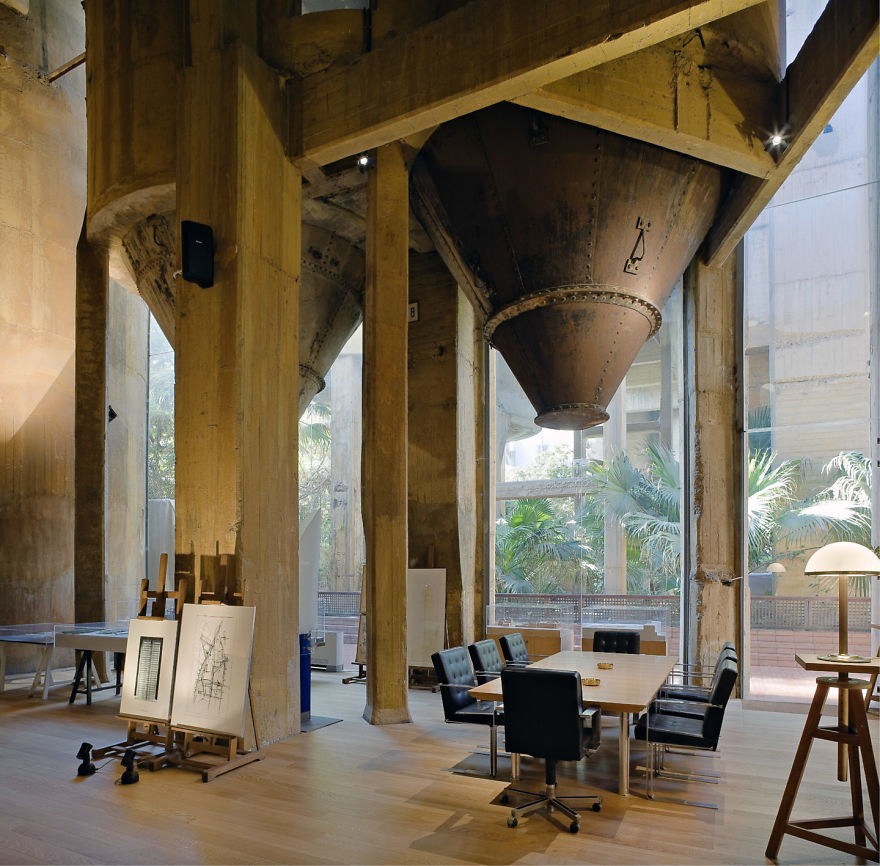
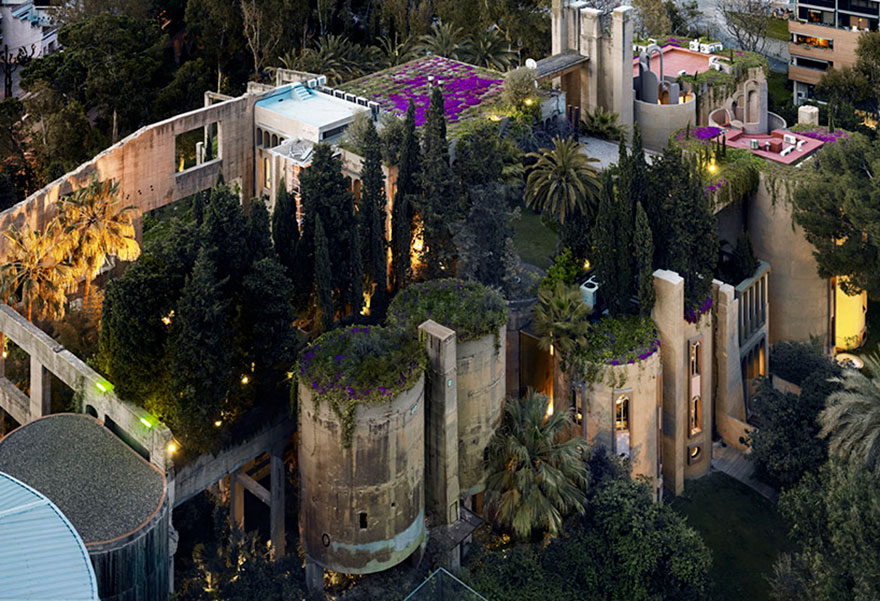
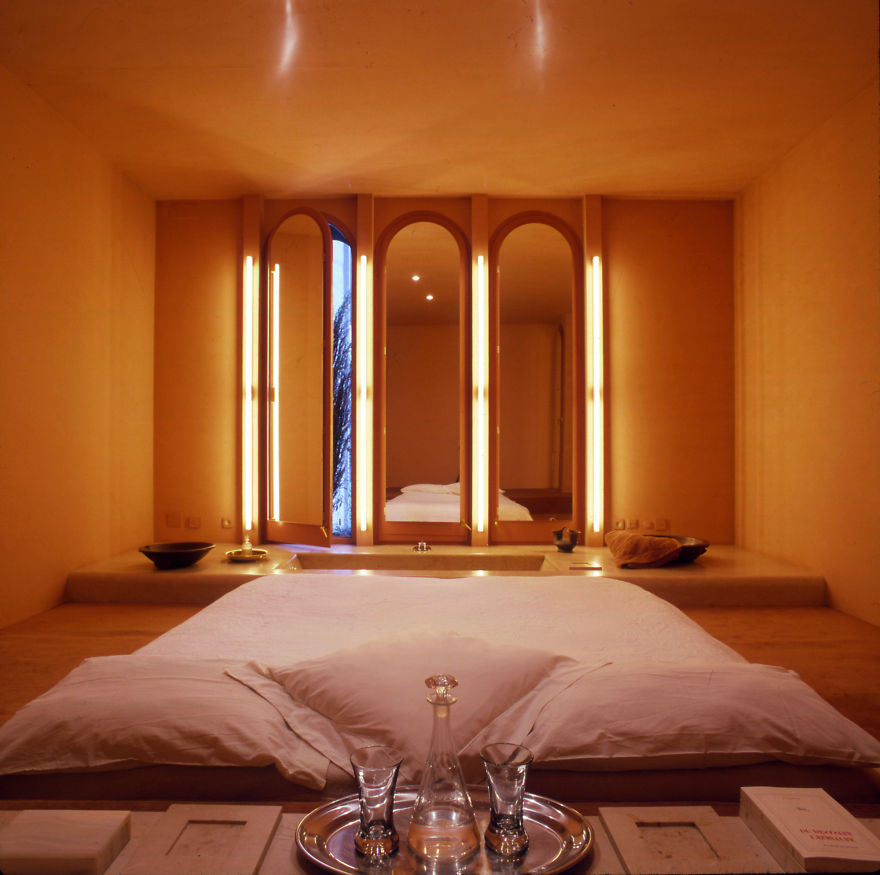
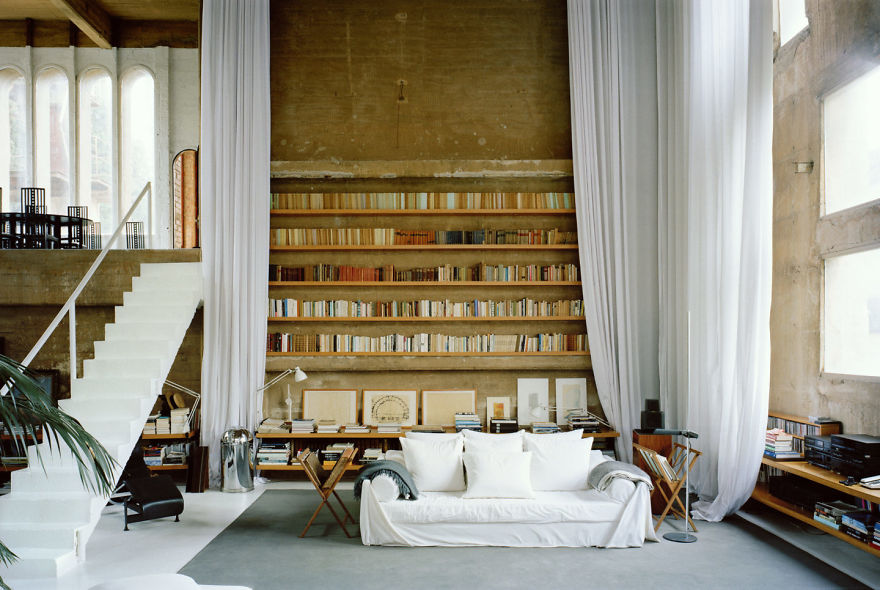
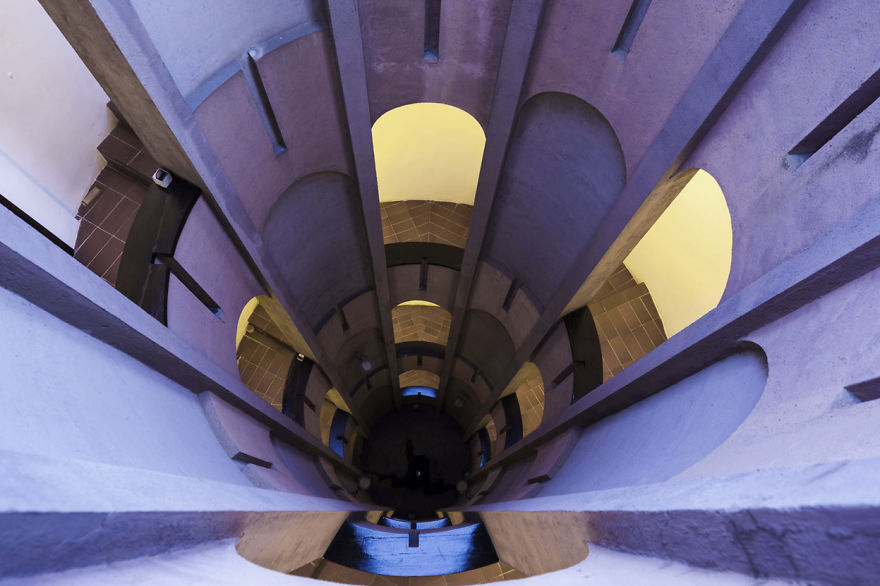
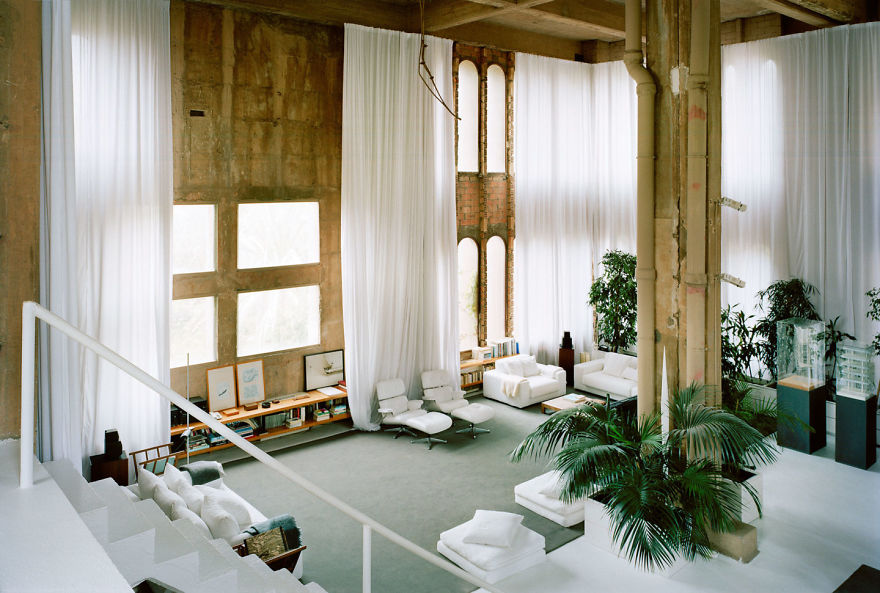
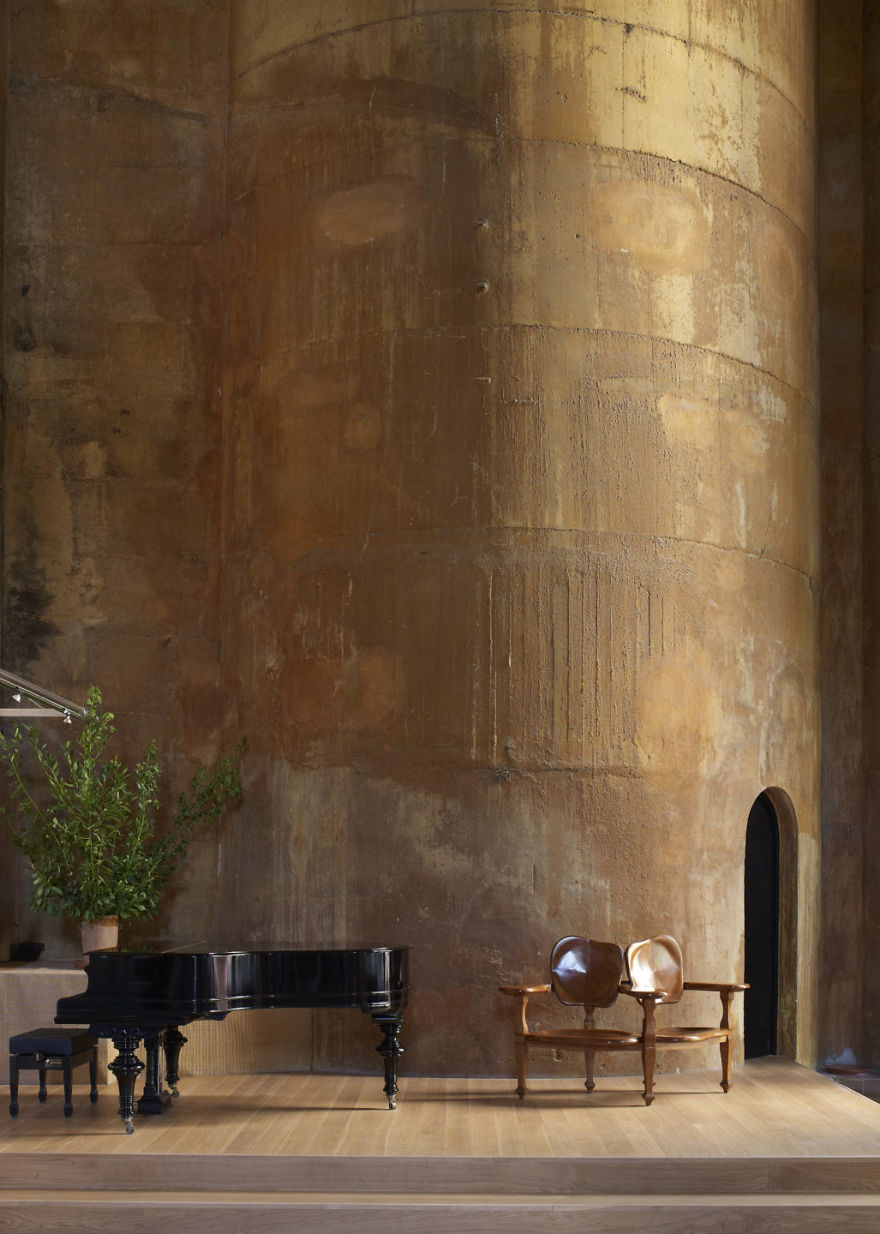
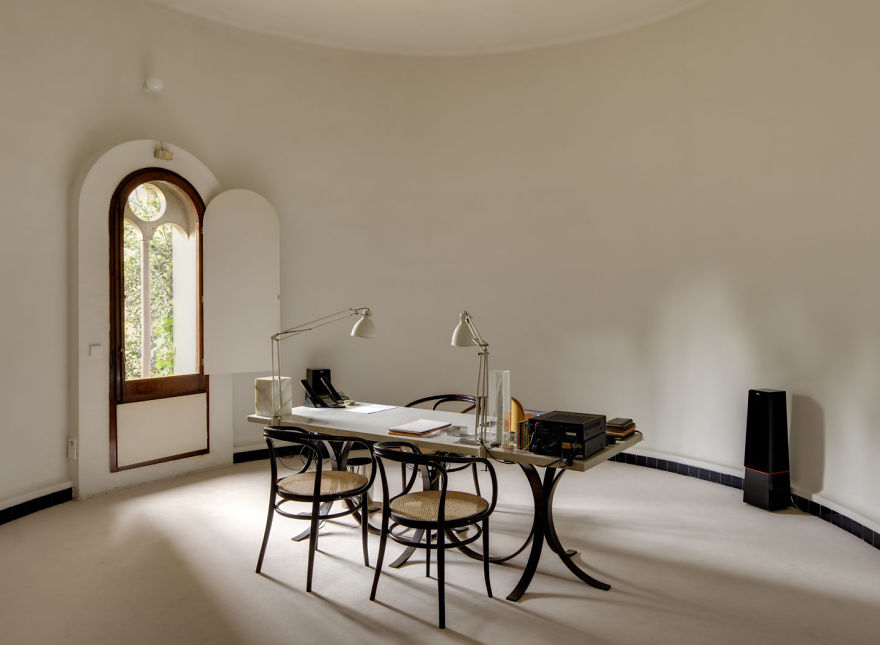
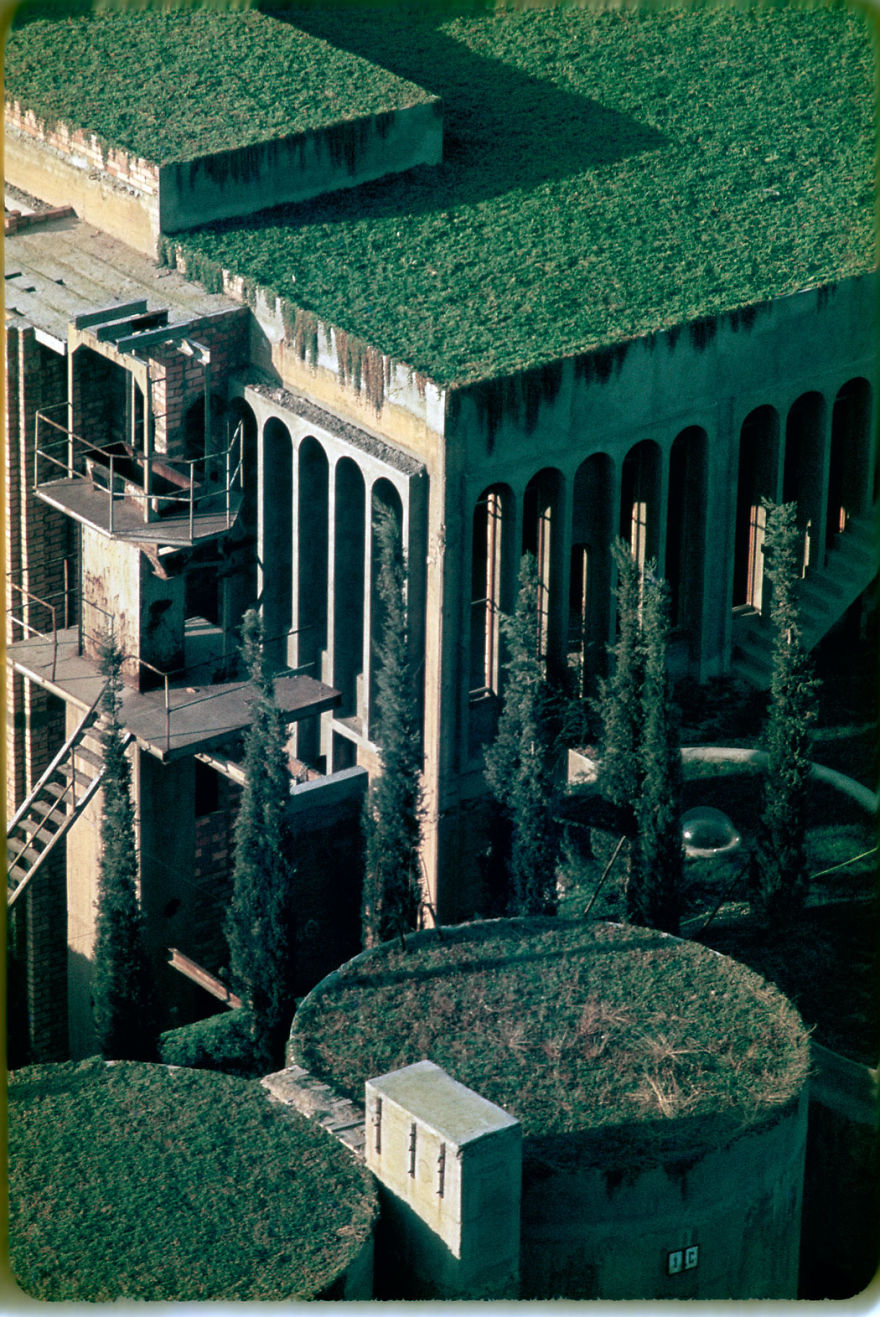
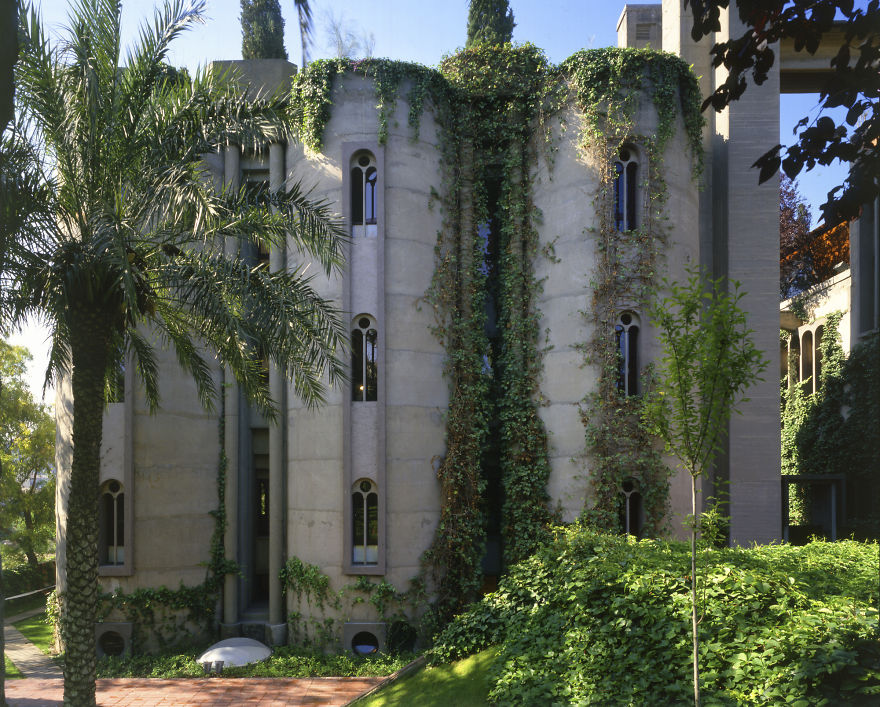
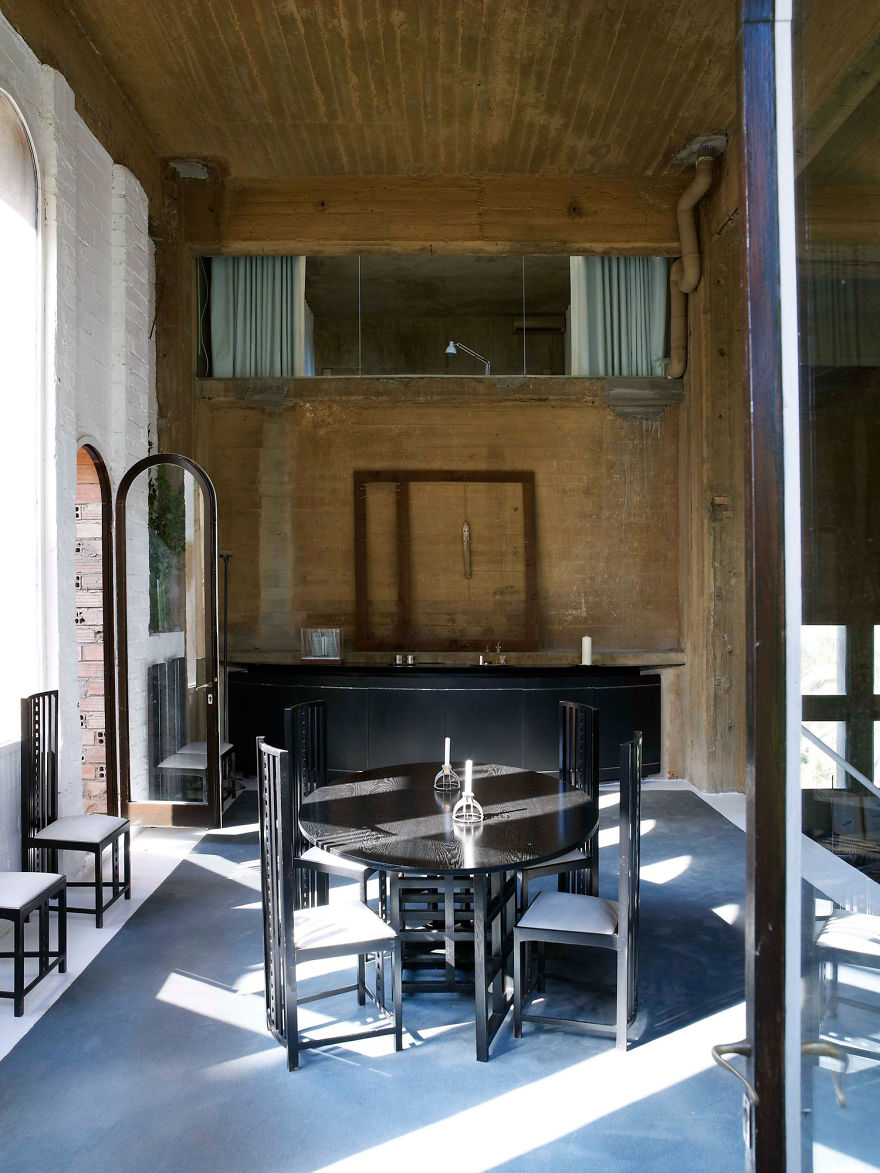
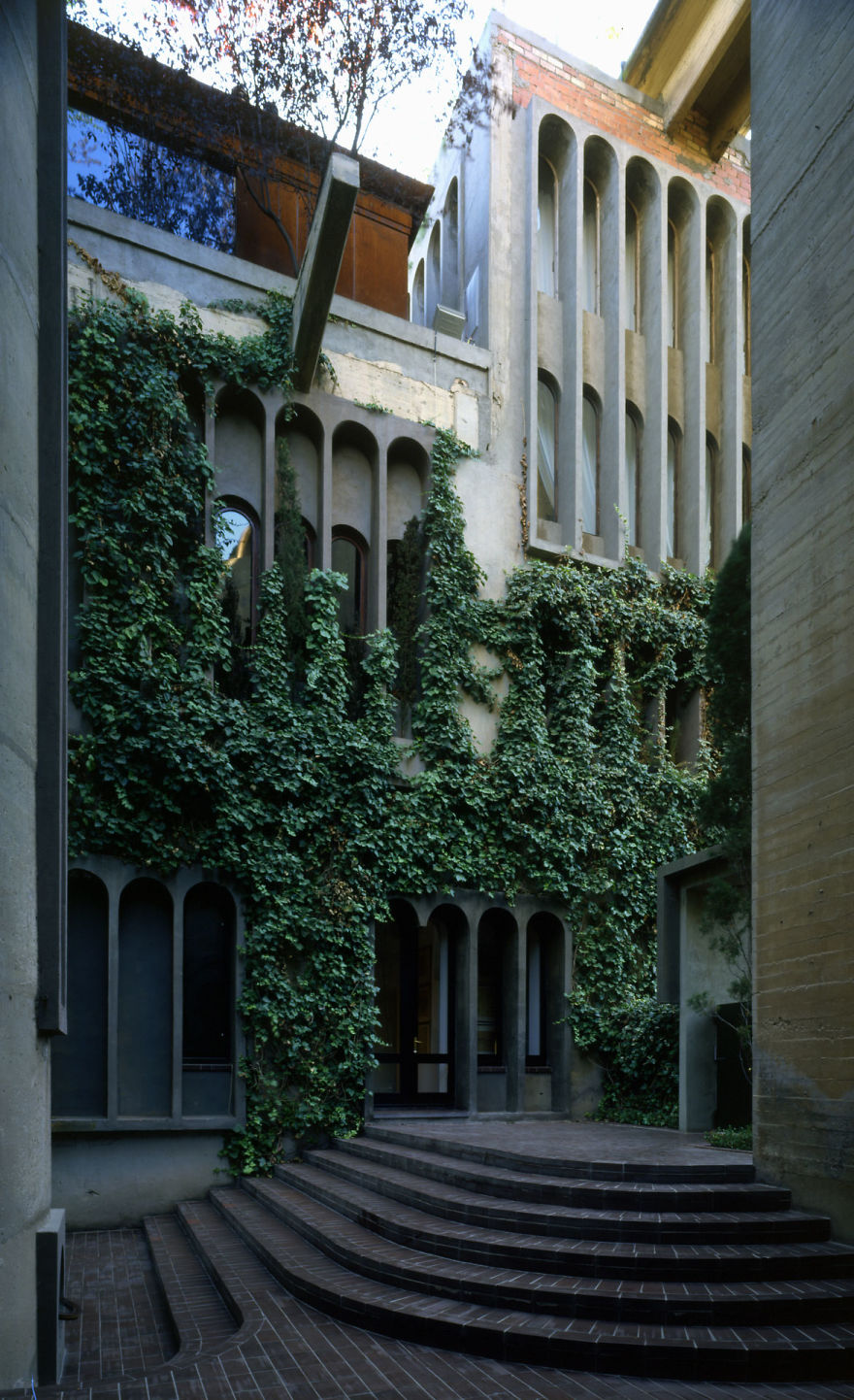
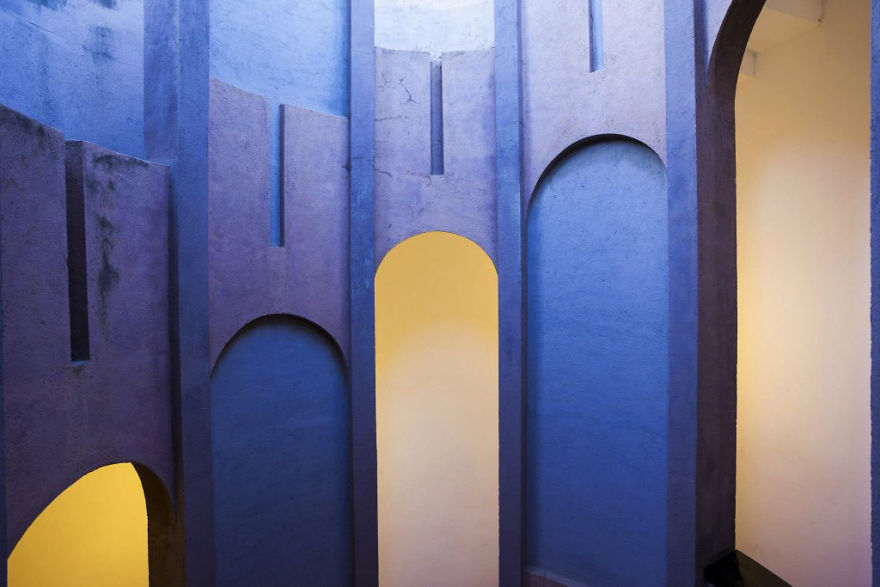
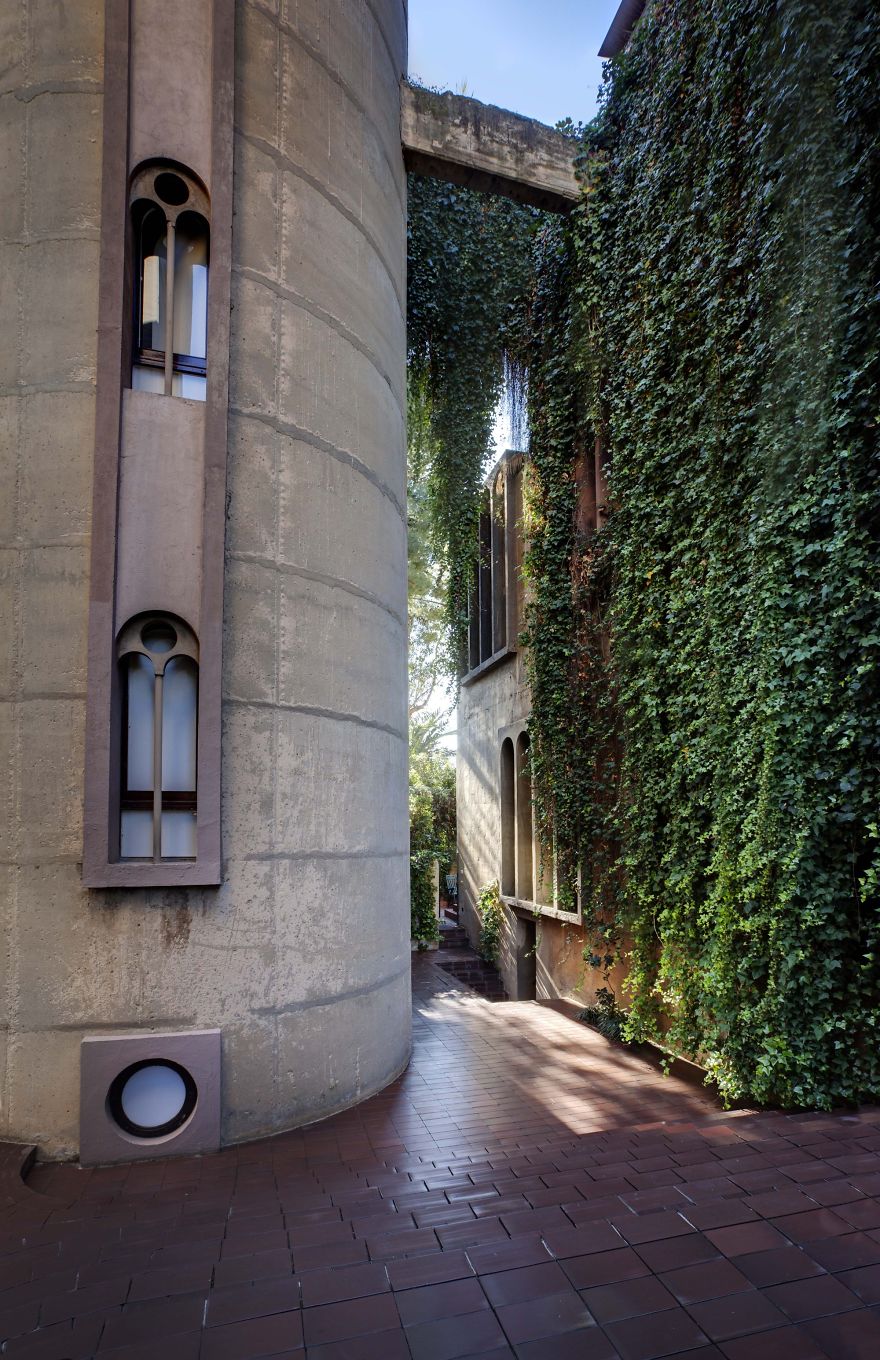
Archae
(47,245 posts)7. That is the ugliest "mansion" I've seen in a long time.
You couldn't pay me to live there.
Celerity
(50,962 posts)8. to each his own
ms liberty
(10,408 posts)9. I like this one. n/t
Redleg
(6,515 posts)4. Reminds me of my university campus
When I came here for a job interview some 20 years ago I noticed the stark, post-modern theme of the many buildings. I asked a faculty member about them and he said it was a textbook example of "brutalism." I have to admit that I have grown to like it, especially since the university has spent a lot of time and money to beautify the outdoors spaces.